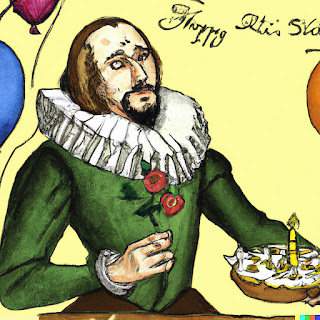Search This Blog
ShakespeareFlix
Robert Viking O'Brien on Shakespeare, Movies, and Books
Posts
Featured
Latest Posts
My Favorite "Moment of Happiness/Celebration in Shakespeare"
- Get link
- X
- Other Apps
Disney's 1959 Shaggy Dog Scared the S—t Out of Me
- Get link
- X
- Other Apps
A Candidate for the "Scariest Moment in Shakespeare"
- Get link
- X
- Other Apps
Seven Reasons Why Someone Who Doesn't Usually Read Epic Fantasy Might Want to Try Joe Abercrombie's First Law Trilogy
- Get link
- X
- Other Apps
My Votes for “Shakespeare’s Greatest Lovers and Most Epic Deaths”
- Get link
- X
- Other Apps







